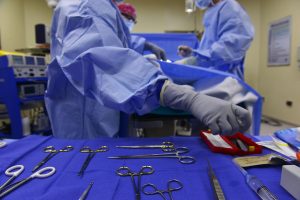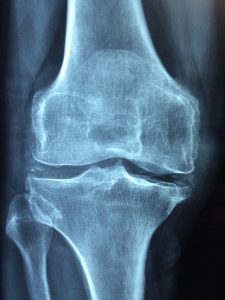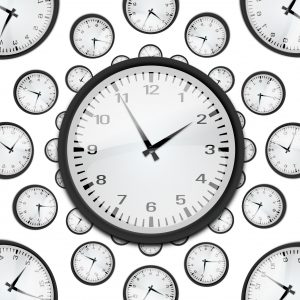The Bair Hugger forced-air warming blanket originally seemed like a great idea. Developed by an anesthesiologist, Dr. Scott Augustine, Bair Hugger was a forced-air warming blanket that is draped across a patient during and after surgery. The theory is that warm air against the body stimulates faster recovery and reduces bleeding. I believe the results have shown that Bair Hugger has sped recoveries for patients. Unfortunately, patients also began to suffer from infections. Some of these infections have been significant and caused serious injury in patients.
 In fact, Dr. Augustine has reversed field on his invention and now believes it should no longer be used during and after surgeries. He believes it is particularly dangerous for patients receiving medical device implants like artificial hips and knees, according to an article in The New York Times. The risk of infection is allegedly caused by the forced-air within the blanket which can spread bacteria often found in hospitals. Consumer advocates allege that the forced air pushes bacteria and other contaminants into open wounds of patients during and after surgery, which can increase risk of infections. Some individuals have suffered from very serious or even life-threatening infections. The scientific theory suggests that in artificial joint surgeries the immune system is not triggered as readily, such that bacteria introduced into the body is much more dangerous to the patient than under normal conditions. As a result, the bacteria in the patient’s body can cause much more damage and be life-threatening. In some cases, patients have had to undergo revision surgeries at the site of the artificial joint implantation; in rare cases, amputation was necessary because of the severe infection.
In fact, Dr. Augustine has reversed field on his invention and now believes it should no longer be used during and after surgeries. He believes it is particularly dangerous for patients receiving medical device implants like artificial hips and knees, according to an article in The New York Times. The risk of infection is allegedly caused by the forced-air within the blanket which can spread bacteria often found in hospitals. Consumer advocates allege that the forced air pushes bacteria and other contaminants into open wounds of patients during and after surgery, which can increase risk of infections. Some individuals have suffered from very serious or even life-threatening infections. The scientific theory suggests that in artificial joint surgeries the immune system is not triggered as readily, such that bacteria introduced into the body is much more dangerous to the patient than under normal conditions. As a result, the bacteria in the patient’s body can cause much more damage and be life-threatening. In some cases, patients have had to undergo revision surgeries at the site of the artificial joint implantation; in rare cases, amputation was necessary because of the severe infection.
However, as I discuss below, Arizant Healthcare, Inc., the manufacturer of the Bair Hugger blanket, disputes that any increased risk of infection occurs with Bair Hugger. The medical device is still on the market and is still used in many surgeries.
 North Carolina Product Liability Lawyer Blog
North Carolina Product Liability Lawyer Blog








